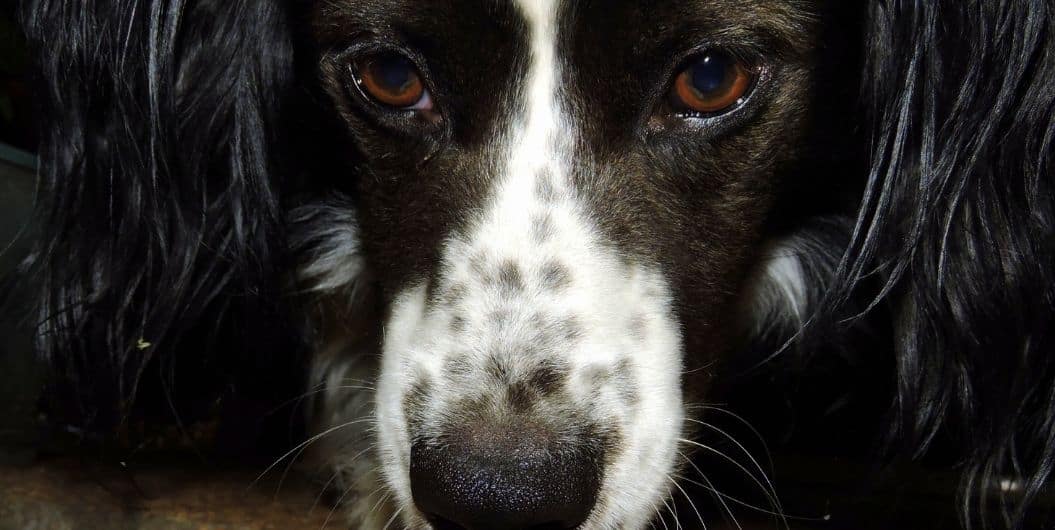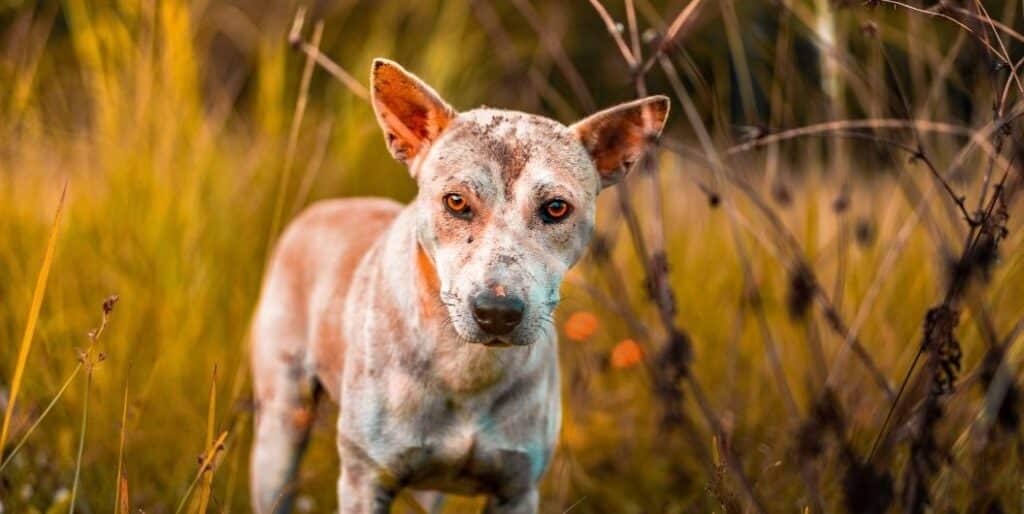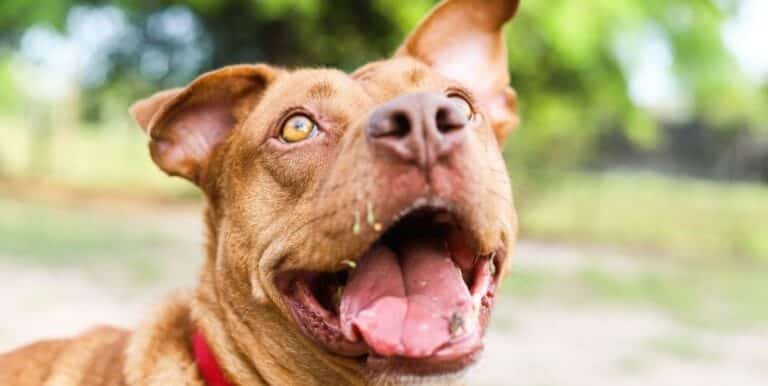What Are the Common Causes of Pus in Dogs?

Pus on a dog’s skin or fur is usually indicative of an infection or other skin problem. Infected wounds and abscesses, for instance, are two of the most common cause of pus in dogs. Parasites and inflamed hair follicles can also cause pus to seep from a dog’s skin as well.
When bacteria is introduced into the body, it can cause an infection. White blood cells then usually go to the site and attempt to fight the infection. When these blood cells combine with and kill the bacteria, they are discharged as pus. This discharge can either be white or yellowish-green in color, and pus found in dogs typically has a very foul smell.

One of the most common causes of pus in dogs is an infected wound or other injury. If a dog gets in a fight with another animal, such as a dog or a cat, it will often walk away from the altercation with wounds, including bites and scratches. Surgical incisions can also become infected, as can puncture wounds.
Puncture wounds can occur anywhere on a dog’s body or head, and they are often caused by bites. Dogs that step on sharp objects, such as nails, can also get puncture wounds on the bottoms of their feet. When an infection occurs in a puncture wound, the bacteria and pus can become trapped if the top of the wound heals before the inside does. If this occurs, it can result in a painful abscess. While some abscesses may heal by themselves or rupture, others may need to be drained by a veterinarian.

Another common cause of pus in dogs is the presence of ectoparasites, such as fleas or mites. When these tiny bugs are on a dog’s skin, they bite and suck its blood, which often causes intense itching. The mites that cause mange, a common canine skin problem, typically tunnel into the animal’s skin. This condition causes the dog to scratch constantly, which can result in irritated skin, hair loss, and open sores. Many times, these sores will ooze pus, especially if they become infected.
A condition called folliculitis can also cause pus in dogs. This occurs when a dog’s hair follicles become inflamed or infected, and it can be caused by overgrooming or mange, as well as a variety of other skin problems. Folliculitis is more common on a dog’s belly and in the skin folds, but it can occur anywhere on the body. When the pustules surrounding the hair shaft rupture, pus will leak out and eventually scab over before healing.






